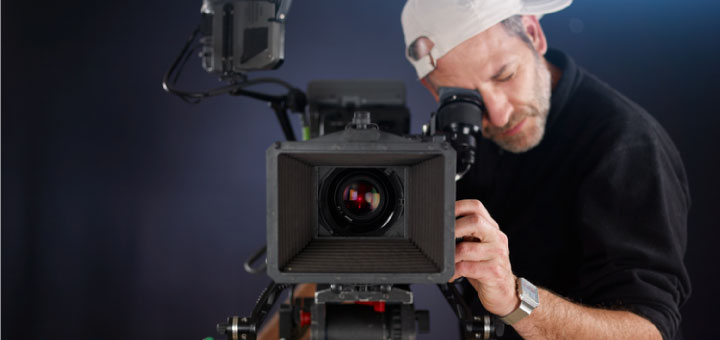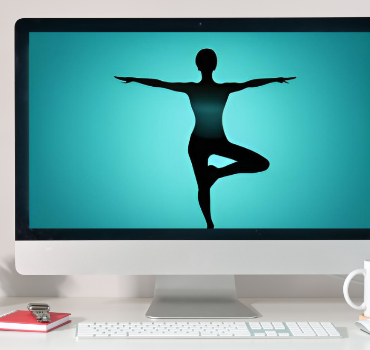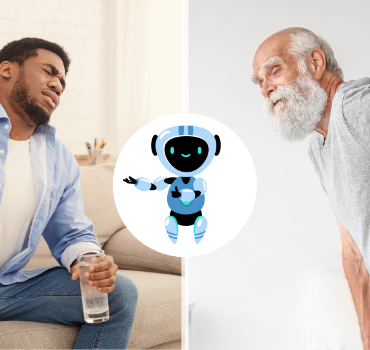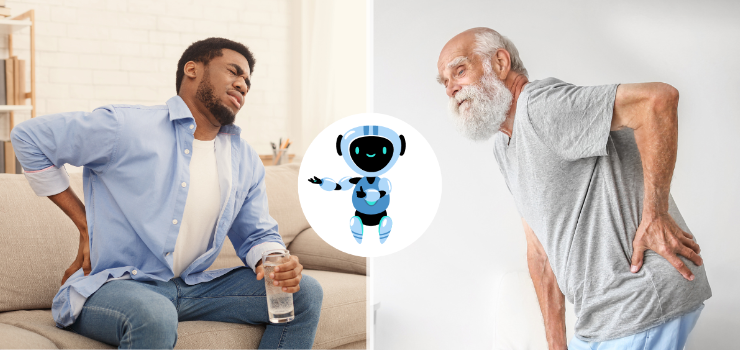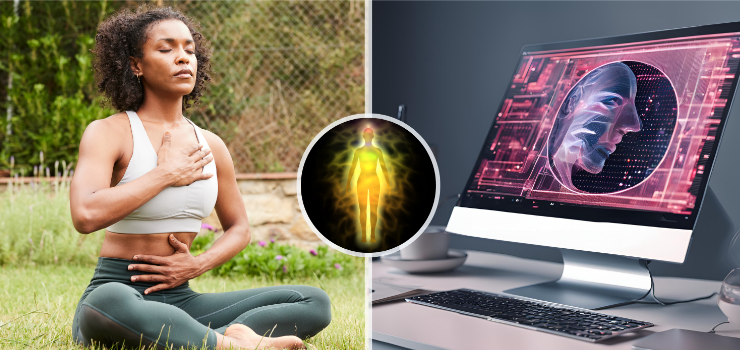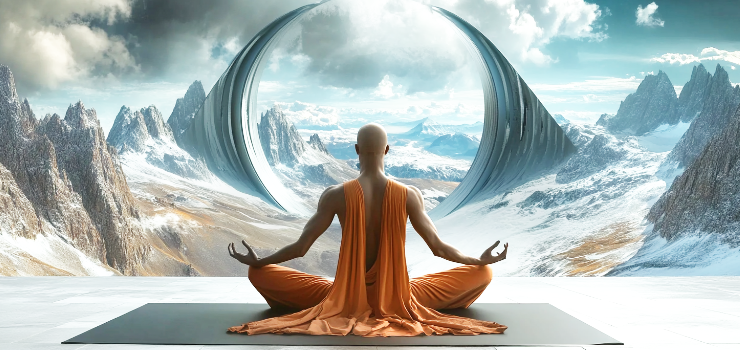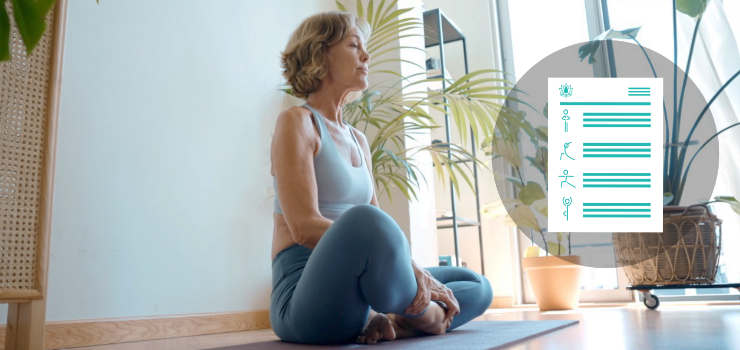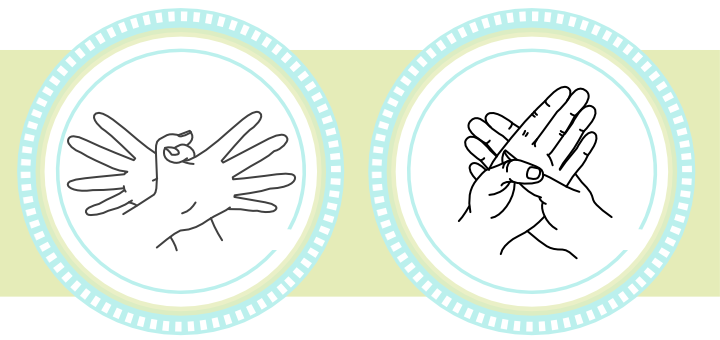AI in yoga: Can AI do an effective yoga pose analysis?
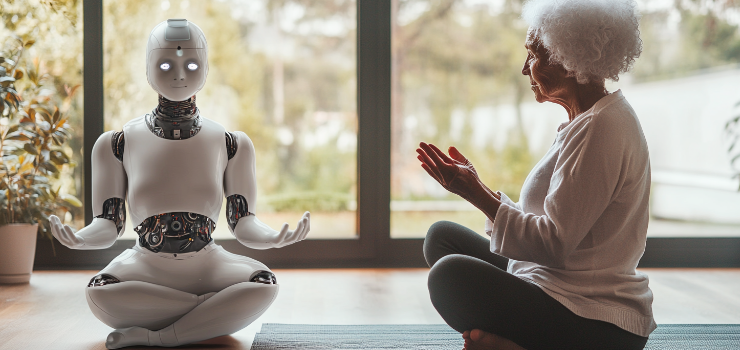
Every time I read an article or a book about AI, it touts remarkable feats that AI seems to be capable of. For example, in the recent book “The Age of AI: And Our Human Future,” the authors write: “An AI learned to win chess by making moves human grandmasters had never conceived. Another AI discovered a new antibiotic by analyzing molecular properties human scientists did not understand. Now, AI-powered jets are defeating experienced human pilots in simulated dogfights. AI is coming online in searching, streaming, medicine, education, and many other fields and, in so doing, transforming how humans are experiencing reality.”
Sounds pretty grand. Yet, my own personal experience with AI has so far been underwhelming. I do not like that it makes up facts in writing, the newsletters it produces are pretty generic, its marketing messages are over-the-top enthusiastic, and the way it portrays human body parts in images is downright laughable. For some reason, it has a really hard time grasping that humans have only two legs and two arms, five fingers on each hand, and five toes on each foot. It also does not understand which way our joints bend and what side of the hand the thumbs are located on. Below are just some examples of fantastical body shapes that AI has produced for me.
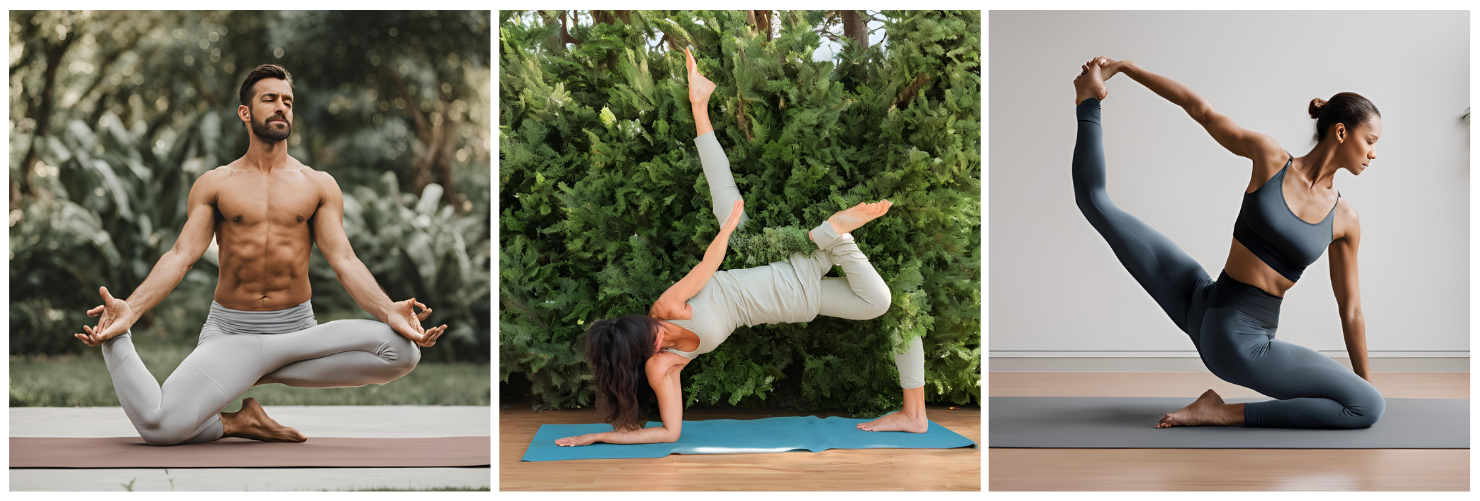
Things get even funnier when you ask AI to generate some simple yoga poses. I have yet to see a single yoga pose that looks passable. Here are some examples.
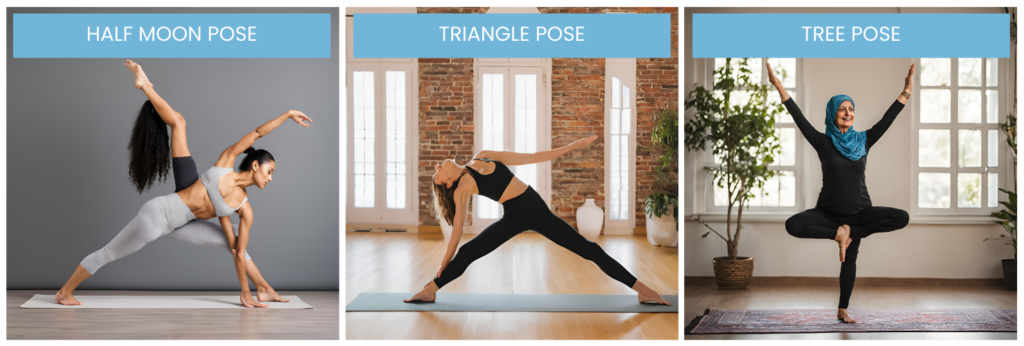
Also, notice how buff, young, and skinny all the yoga practitioners are in the AI world.
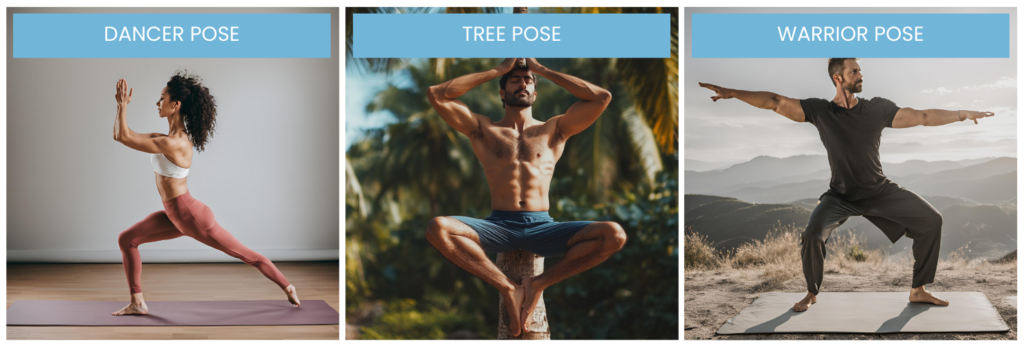
Put together, we can conclude that at this point, AI doesn’t understand the structure of the human body, doesn’t know much about yoga poses, and has no idea about the variety of body shapes of students who practice yoga. Then how on earth would it be able “to analyze your form during poses and give you feedback on adjustments to improve your practice,” as some services promise?!
Would a specialized AI be able to analyze your body position after a rigorous training protocol? Probably. But the problem is still that it would do it by “comparing your alignment with ideal poses.” What is the ideal pose? And is that ideal pose performed by an ideal human, as well? Neither ideal poses nor ideal humans exist, and our evaluation of yoga poses is always based on two main factors: usefulness and safety. An experienced yoga teacher can look at the student and tell right away if the student is getting the effect they are after or if she is compromising her safety while attempting it. The problem for the machine is that we, humans, are all so, so different in how we look in yoga poses, and attempting to fit us all into some artificial standard doesn’t do us any good. And if AI doesn’t even understand which way the knee is supposed to bend, for example, how can it assure student’s joint safety?
For example, in the image below we can see right away that all three students are struggling in the Seated forward bend. Student A is stressing her neck, student B is collapsing her chest, and Student C is risking anterior disk compression in her lumbar spine, which is particularly problematic if she has osteoporosis.
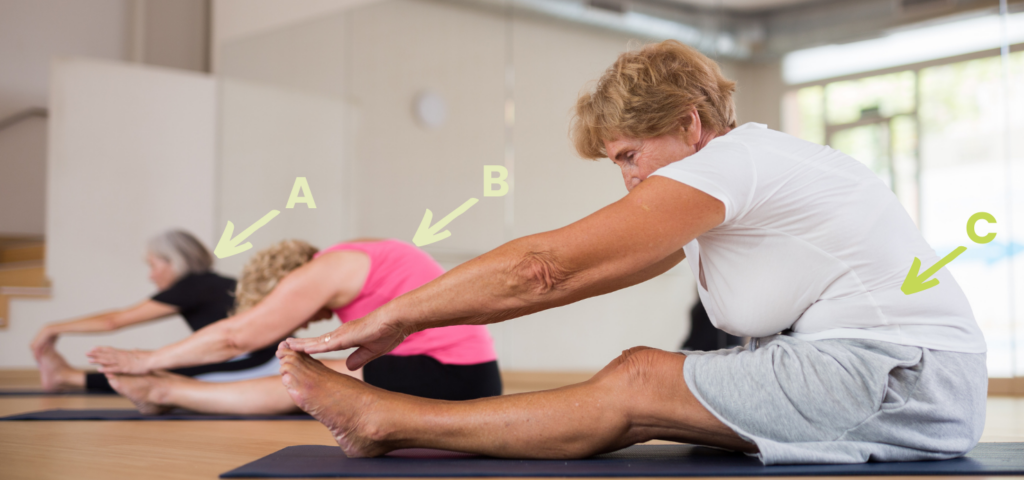
These issues could be corrected by slightly bending the knees and elongating the spine. However, I would question the necessity of doing this particular pose with more mature women in the first place. Would AI be able to spot these types of things? I am not sure, but I wouldn’t hold my breath based on how it views human bodies so far.
My main concern is that by allowing AI to match our bodies to some non-existent “gold standard” of alignment, we, once again, focus on the external superficial manifestation of the yoga pose instead of how it’s supposed to feel and what it’s meant to accomplish.
Another grand statement ChatGPT makes is that AI can help yoga teachers create Personalized Practice Plans: “AI can create customized yoga practice plans for each student based on their skill level, goals, and any physical limitations. These plans can adapt over time as students progress, offering a tailored approach to their practice.” This is a very major promise, and if AI could do this effectively, it would definitely be able to replace both yoga teachers and yoga therapists. Could it? Let’s explore next time!
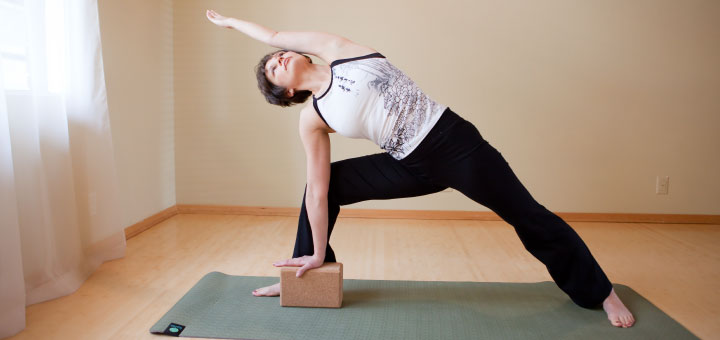
Is there such a thing as a “gold standard” when it comes to alignment in yoga poses?

